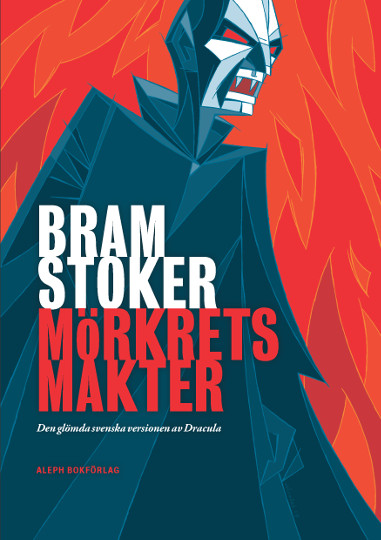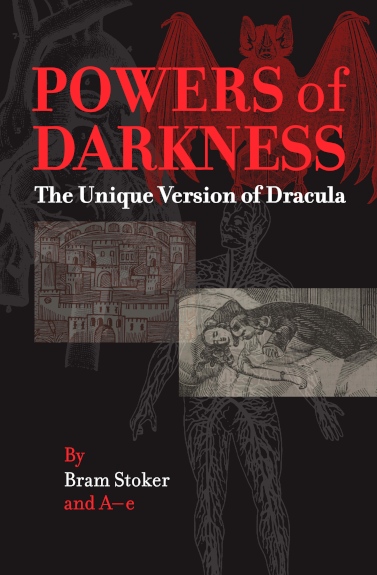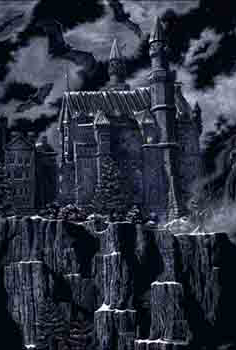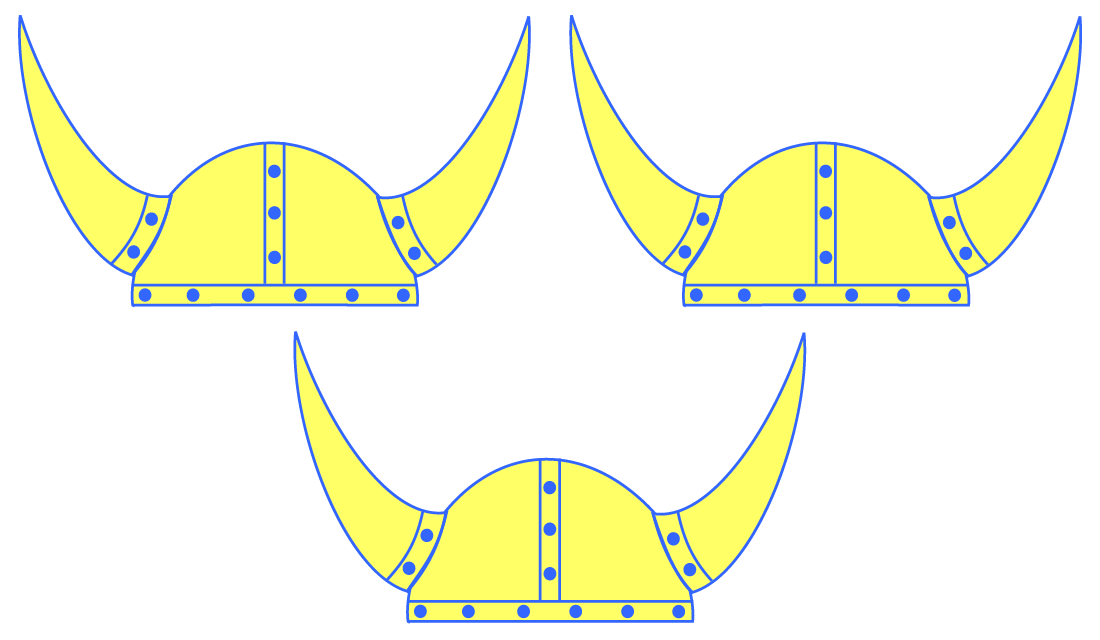
Normally, I only update this forlorn little blog with posts that address the subject of vikings and viking-related things, but every once in a while I deviate from that (un)healthy obsession with a post about a non-viking but nonetheless Nordic book. Previously, I’ve blabbered about a comedic Finnish murder mystery and a novel involving the adoption of a wild troll (also Finnish), among other interesting and generally off-the-beaten-path reads. Now, it is time to tackle Bram Stoker’s Swedish Dracula.
I’m emphasizing Bram Stoker’s authorship, because Mörkrets makter is actually—at least in part—by Bram Stoker himself. The book is not a simple re-envisioning of famous literary characters from a bygone era intended to shamelessly capitalize on their enduring popularity as seems to be all the rage in recent years (The Beekeeper’s Apprentice by Laurie R. King, Tiger Lily by Jodi Lynn Anderson, or, especially, A Dowry of Blood by S.T. Gibson, are just a few examples of this trend).*
Mörkrets makter was originally released in serialized format by the Stockholm newspaper, Dagen, from 1899 to 1900 (Dracula itself was first published in 1897). The history of the Swedish version is fascinating in itself and Rickard Berghorn, the editor and literary critic who rediscovered Mörkrets makter, does an excellent job of discussing it in the introduction to his new English translation of the book, Powers of Darkness. The rediscovery of Mörkets makter followed the rediscovery and re-publication of the Icelandic version, Makt myrkanna, which is just a substantially shortened Icelandic translation of the Swedish version. An early draft of Bram Stoker’s original novel had arrived in Sweden in the 1890s and A-e (an anonymous author or authors) expanded upon it dramatically while translating it into Swedish, and thus provided the basis for the subsequent Icelandic version. Both Scandinavian versions then faded into obscurity.
The overall story arc of Mörkrets makter generally follows that of Dracula—for the most part. Some character names are different. Dracula is Draculitz, Jonathan Harker is Tom Harker, Mina is Vilma in the Swedish language version and Wilma in the English translation, etc. The ending is rather different; the protagonists don’t chase the fiend back to his home in Romania and slay him there but rather encounter him in London. One of the biggest and most fascinating differences that A-e introduced is the presence of a vast secret political conspiracy led by Draculitz. The members of this underground group are intent on overthrowing power in Europe and establishing themselves as a new sort of ruling racial “master” class—they consider themselves to be the strong and the masses to be the weak and whose sole purpose is to serve the strong. Perhaps a bit prophetic considering what really did happen in Europe over the course of the several decades that followed Mörkrets makter‘s initial publication. While there are hints of this subplot throughout the novel, most of the action directly involving it happens towards the end.
I also particularly enjoyed some of the embellishments that occur early in the novel—when Tom (Jonathan in Dracula) is staying at Draculitz’s castle in the Carpathian Mountains. Below the castle live Draculitz’s blood-sucking, devilish ancestors and Tom experiences a couple of traumatic encounters with these insidious beings, including being witness to a Satanic sort of human sacrifice. His escape also differs wildly from that in Dracula and involves a subsequent investigation in which some of the familiar characters search desperately and almost fail to find him.


There are, of course, other differences, too, but if this subject matter interests you, then you should read the book for yourself to find out what they are and how everything comes together in the end. It’s a fun read and an interesting, contemporaneous, and long-forgotten spin on a classic. I read the English language version as translated by Rickard Berghorn and released by Timaios Press. It’s a great translation and really captures the mood of its era. That era tended to be a bit wordy (we’re so much more concise in our novels these days) and extravagant in its descriptions and dialogues, but they are also lush and evocative. And as I already mentioned, the introductory material is fascinating on its own accord—in fact, you can view the introduction in its entirety on the Timaois Press website, if you wish. It delves into the history of the manuscript and its original publication in Stockholm and discusses some of the possibilities of whom the unknown A-e might be, all of which has been informed by correspondence with Dacre Stoker, Bram’s great grand-nephew and author of his own prequel to Dracula based on Bram’s own notes. The introductory material also includes a foreword by Clive Bloom, professor emeritus at Middlesex University in the United Kingdom who specializes in gothic literature.
There is also a richly illustrated version available from Centipede Press that features an additional foreword by Dacre Stoker himself. Its initial print run was limited to only 500 copies, which were all signed by Berghorn and the artists, and is now sold out, but a new print run is in the works and will be released in the near future (minus the signatures). And of course om du kan svenska då får du läsa det svenska originalet som publicerats av Aleph Bokförlag. In any case, it’s an entertaining and fascinating spin on one of the world’s best-known classics and worth a read for anyone who enjoys such things.
* Don’t get me wrong, I enjoy a good retelling as much as the next person, but it feels to me more disingenuous to retell or reinvent in some capacity a novel featuring characters fully created by a previous author as opposed to retelling a folktale, myth, or ancient poem, all of which have a longer and much more amorphous history. On the other hand, A-e not only translated but partly retold Dracula while Bram Stoker was still alive. But I digress.
Subscribe to get updates from Scandinavian Aggression!
You know, if you feel like it or whatever. Your email is only used to send updates when new nonsense has been posted to the site. It's stored in the secure abyss of WordPress and not shared anywhere or anyhow else. Skål som fan!
